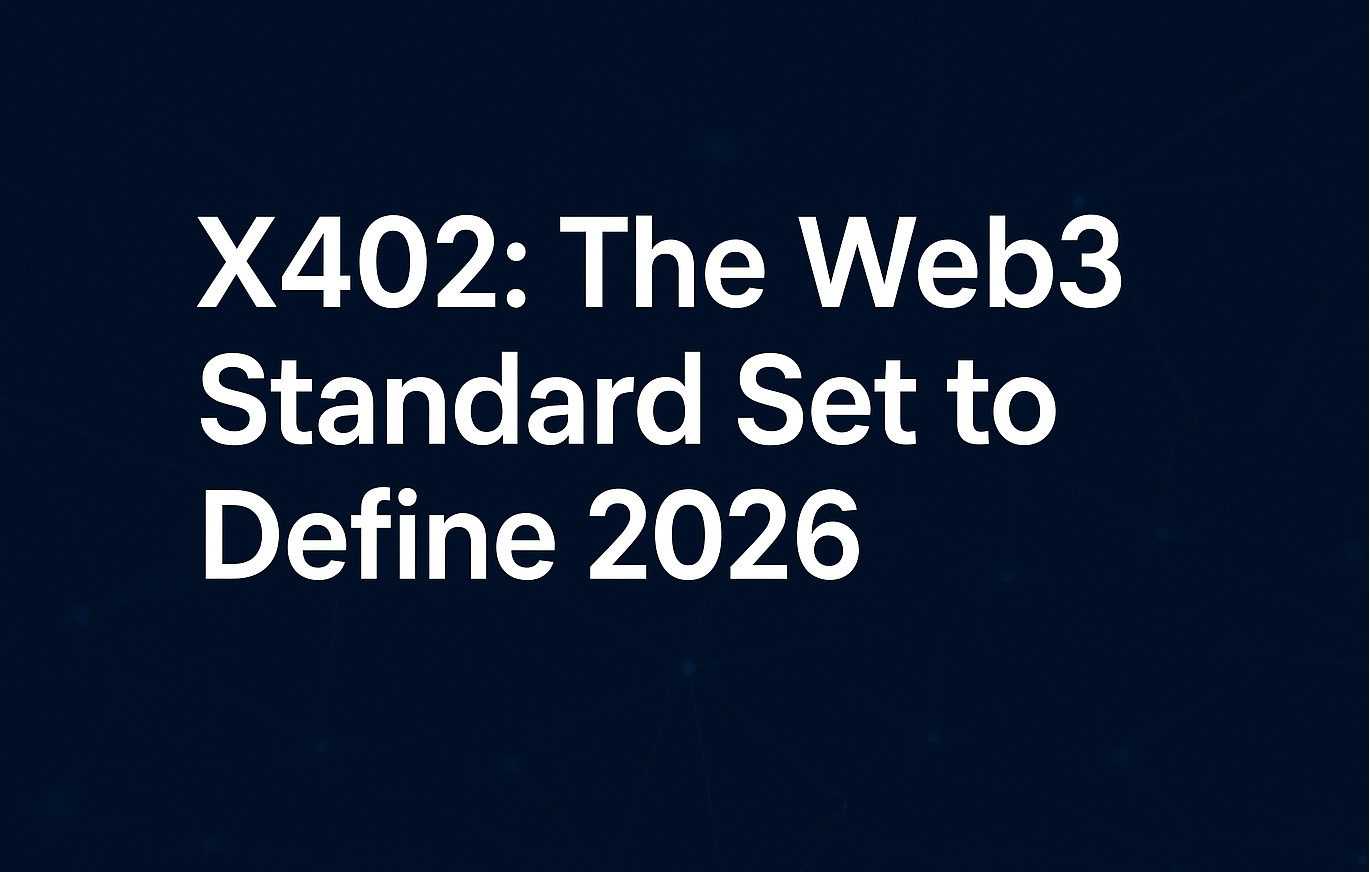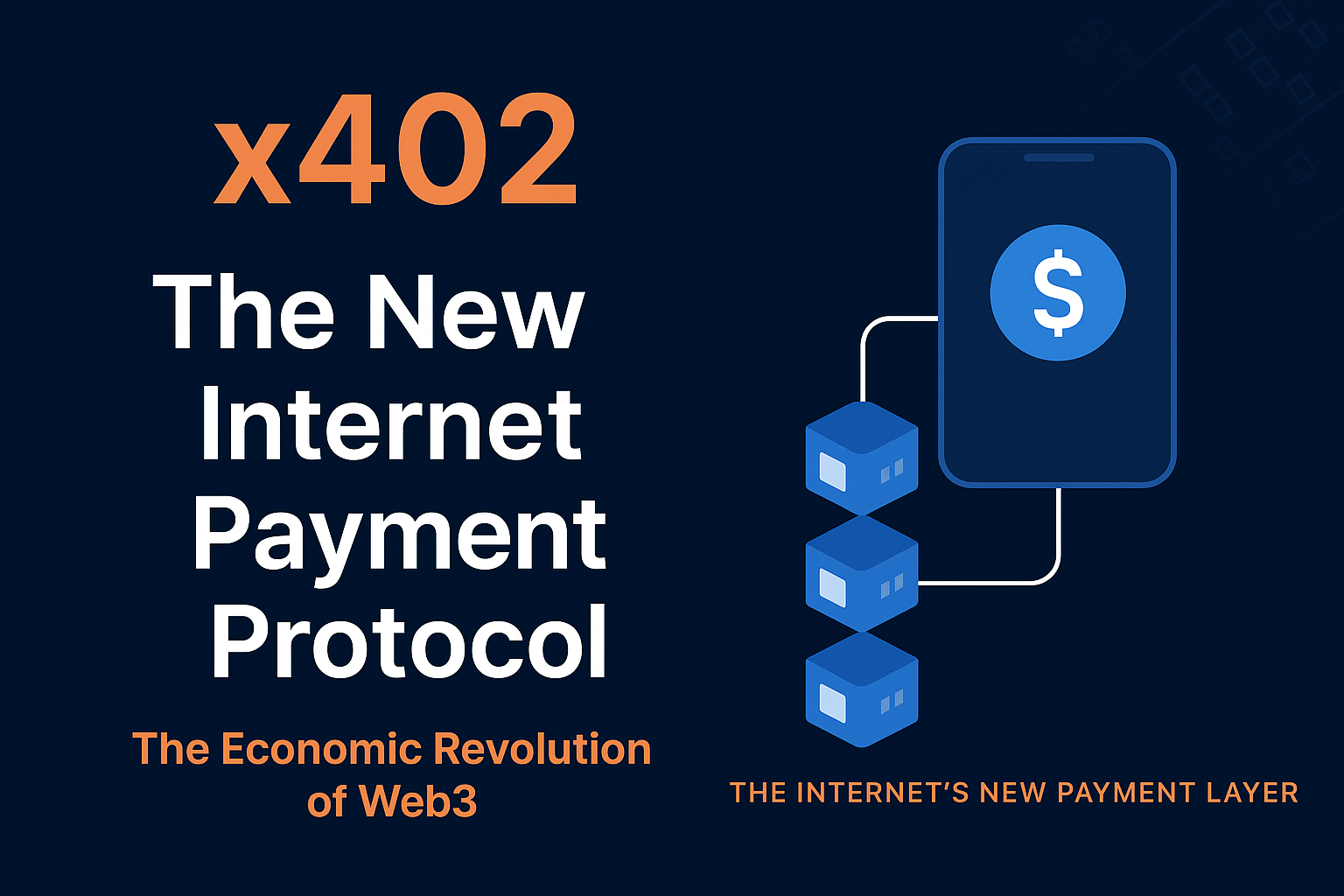In blockchain technology, scalability and security often steal the spotlight — but there’s a third, equally critical pillar that keeps everything together: Data Availability (DA).
As Layer-2 solutions, rollups, and modular blockchains evolve, understanding Data Availability has become essential.
So what exactly is Data Availability, why does it matter so much, and which technologies are solving this challenge?
1. What Is Data Availability?
Data Availability (DA) refers to the guarantee that all blockchain transaction data is publicly accessible and verifiable by anyone.
When a block is produced, all the information inside that block — transactions, state changes, proofs, etc. — must be published and retrievable.
This ensures that:
- Network participants can verify that no data is being hidden,
- The chain remains transparent and secure,
- Layer-2 systems like rollups can maintain their integrity.
Without Data Availability, malicious actors could conceal transactions, and users wouldn’t be able to detect fraud or reclaim their assets.
2. Why Is Data Availability Important?
Blockchain security depends on three pillars: consensus, execution, and data availability.
Consensus decides the order of transactions, execution processes them, and data availability ensures everyone can verify the results independently.
If data isn’t publicly available, the blockchain can no longer be trusted.
For rollups, this is even more crucial:
- Rollups execute transactions off-chain,
- But they post compressed data to the main chain (Layer-1),
- This allows users to reconstruct the full state and prove ownership or detect fraud.
In short, without Data Availability, trustless systems cannot exist.
3. The Data Availability Problem
The Data Availability problem emerged alongside Layer-2 technologies.
The core issue is simple:
“If transactions are executed off-chain, how can the data remain accessible to everyone?”
A malicious rollup operator could withhold transaction data. In that case:
- Invalid or fraudulent blocks couldn’t be detected,
- Users couldn’t prove their balances or exit the system,
- The entire network’s trust model would collapse.
This is why modern blockchain architectures introduce a separate Data Availability layer to handle this critical task.
4. What Is a Data Availability Layer?
A Data Availability Layer (DA Layer) is a modular component responsible solely for storing and making data accessible.
It separates data handling from execution and consensus, increasing scalability and flexibility.
Core Functions:
- Ensures data integrity and accessibility,
- Provides cryptographic proofs that data exists and is retrievable,
- Strengthens the security of rollups and sidechains.
This approach forms the foundation of modular blockchain architecture, now adopted by many next-generation protocols.
5. Leading Data Availability Projects
a) Celestia
- The pioneer of modular blockchains.
- Provides consensus and DA layers only — leaving execution to rollups.
- Enables developers to build custom Layer-2 or Layer-3 solutions securely.
b) EigenDA (EigenLayer)
- Built for the Ethereum ecosystem.
- Uses restaking to enhance security.
- Offers high throughput and low-cost data storage for rollups.
c) Avail
- Developed by the Polygon team.
- Provides scalable DA services for rollups, appchains, and modular blockchains.
d) Near DA & Ethereum Blobspace
- Ethereum’s EIP-4844 (Proto-Danksharding) introduces “blobspace” for cost-efficient DA.
- NEAR Protocol offers a similar off-chain data availability model.
6. Data Availability Sampling (DAS)
Modern DA layers use Data Availability Sampling (DAS) to make verification efficient.
Instead of downloading the entire dataset, network nodes:
- Randomly sample small chunks of the data,
- Verify that these chunks are retrievable,
- And statistically confirm that the entire dataset is available.
This method dramatically reduces network overhead while maintaining security and transparency.
7. Relationship Between Data Availability and Rollups
Data Availability is the backbone of rollup security:
- Rollups execute transactions off-chain,
- But they rely on DA layers (like Ethereum, Celestia, or Avail) to publish the data.
This ensures users can:
- Verify transaction validity,
- Prove ownership,
- Exit the system safely if operators go offline or act maliciously.
Both Optimistic Rollups (e.g., Arbitrum, Optimism) and ZK-Rollups (e.g., zkSync, StarkNet) depend on strong DA guarantees.
8. The Future of Data Availability
As blockchains transition from monolithic to modular architectures, the role of Data Availability layers will only grow.
In the near future:
- Rollups will focus on execution,
- Shared DA layers will handle data storage and verification.
This modular approach will:
- Greatly improve scalability,
- Lower gas fees,
- And enable interoperability between different blockchain ecosystems.
Conclusion
Data Availability is the invisible backbone of blockchain integrity.
Without it, decentralized systems would lose transparency, auditability, and trustlessness.
Projects like Celestia, EigenDA, and Avail are pioneering this space — while Ethereum continues to innovate with EIP-4844 and blobspace.
In the modular future of blockchain, verifiable, transparent, and accessible data is what will power the next generation of decentralized systems.




